The United States stamp Scott #11A, forming part of the 3-cent George Washington series, is a notable entry in the annals of American philatelic history. This exploration of Scott #11A will delve into its design and print characteristics, postal usage, and specific identification markers, setting it apart from other stamps such as Scott #10A and Scott #11.
Design & Print
Scott #11A is recognized as a Type II design, which differentiates it from the Type I design of Scott #11. This Type II design is characterized by the presence of inner frame lines on the left and right sides, an element absent in the Type I design of Scott #11. The color of Scott #11A is dull red, but is sometimes observed as a plum shade, setting it apart from the orange-brown hue of Scott #10A and the regular dull red of Scott #11. The ink used for Scott #11A, similar to Scott #11, lacks the high-quality formula of Venetian red and vermilion found in Scott #10A, resulting in a color that, while varied, often appears less vibrant.
Postal Usage
Scott #11A played a significant role in the U.S. postal system, similar to its counterparts in the series. It was utilized for a range of postal rates, including standard letter rates and foreign mail. The stamp’s usage period overlapped with that of Scott #11, extending beyond the predominant usage period of Scott #10A, which concluded by the end of May 1852. This extended usage of Scott #11A illustrates its importance and versatility in the postal services of the time.
Identification
Identifying Scott #11A involves a detailed examination of its color and design type. The plum shade of Scott #11A is a crucial identifier, along with its Type II design featuring inner frame lines on the left and right sides. Like Scott #11, Scott #11A is susceptible to discoloration when exposed to sulfides, often leading to a darker appearance. This tendency for color change is an important consideration when distinguishing Scott #11A from other variants like Scott #10A, which exhibited greater resistance to such environmental effects. Additionally, the cancellation marks and usage dates are essential for accurate identification, with stamps used after May 1852 and possessing specific cancellation characteristics more likely to be Scott #11A.
Scott #11A is a distinct and important stamp in U.S. postal history, characterized by its Type II design, unique plum shade of dull red, diverse postal applications, and specific identification criteria. Recognizing these features is vital for philatelists and historians in accurately categorizing and understanding Scott #11A within the larger context of U.S. philatelic heritage.
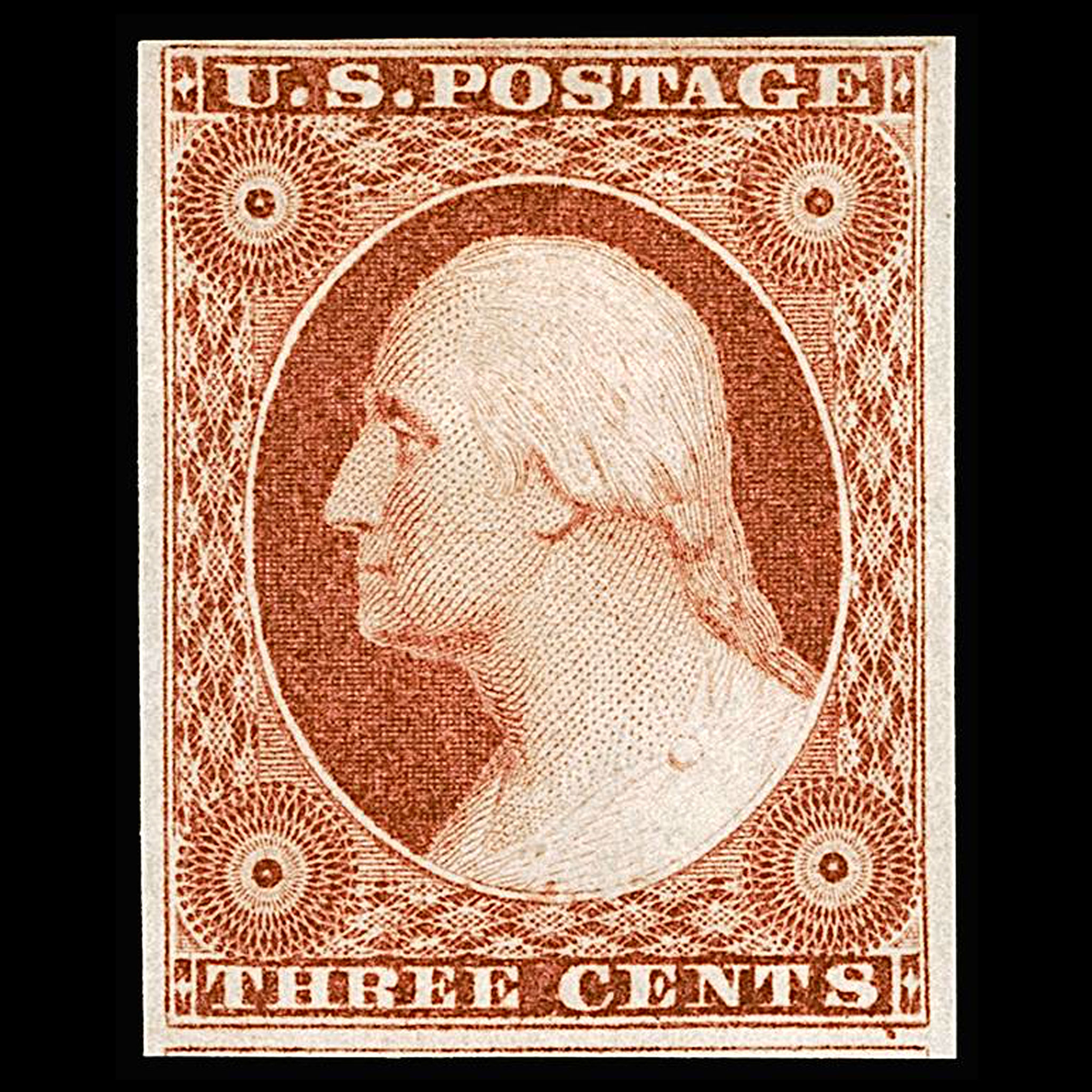
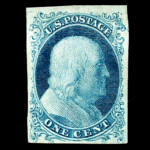
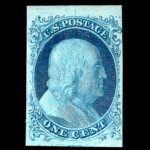
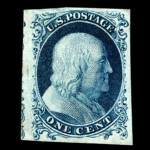
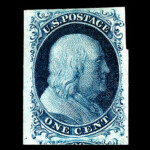
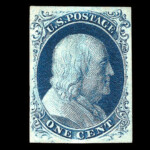
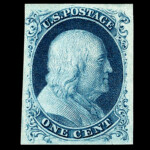
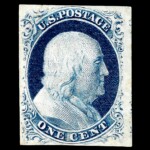
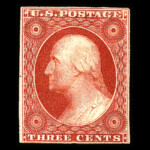
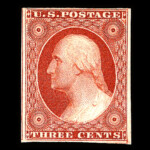
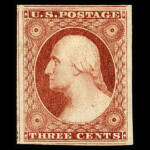
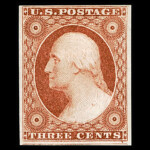

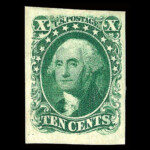
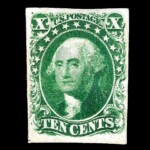
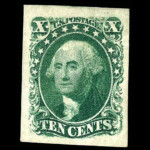
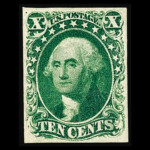
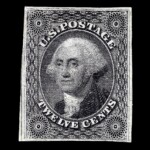
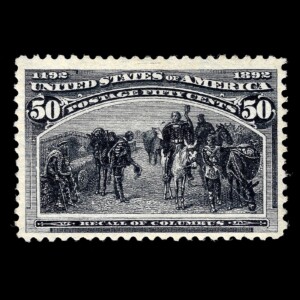
















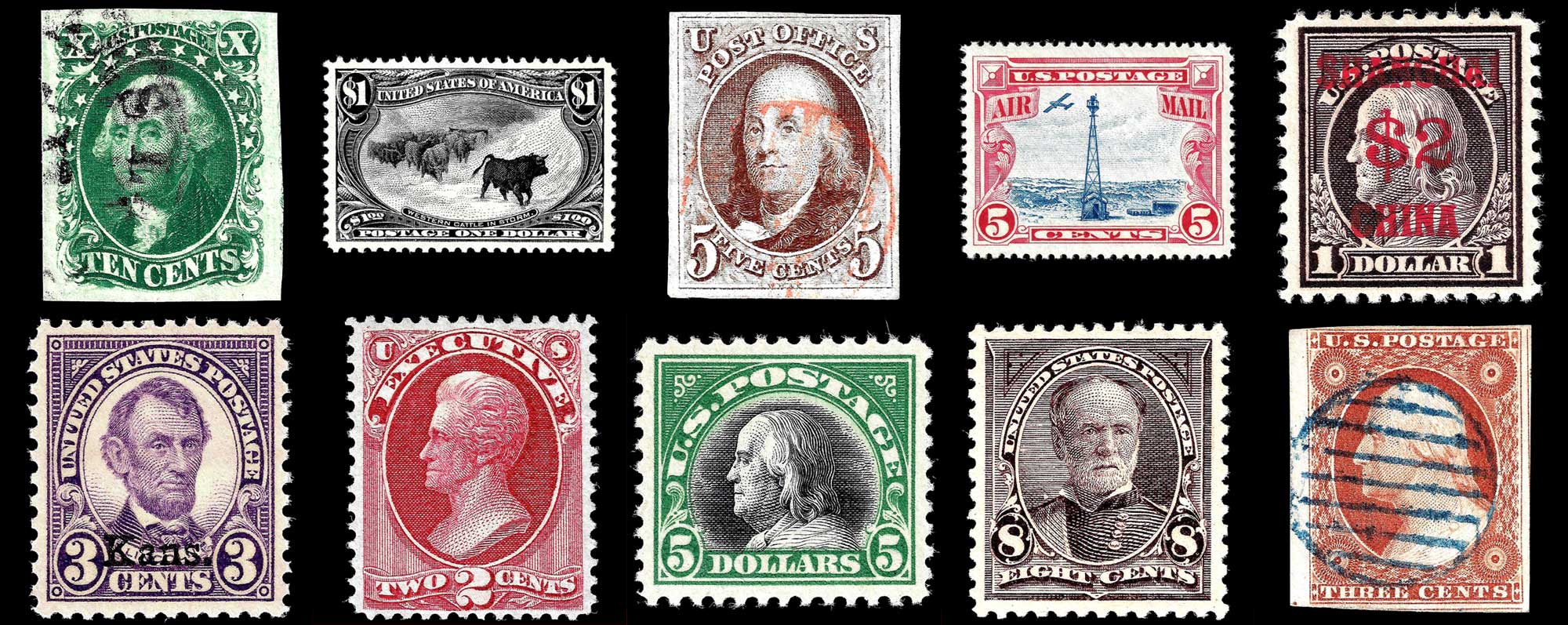
Ask A Question Or Leave A Comment